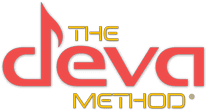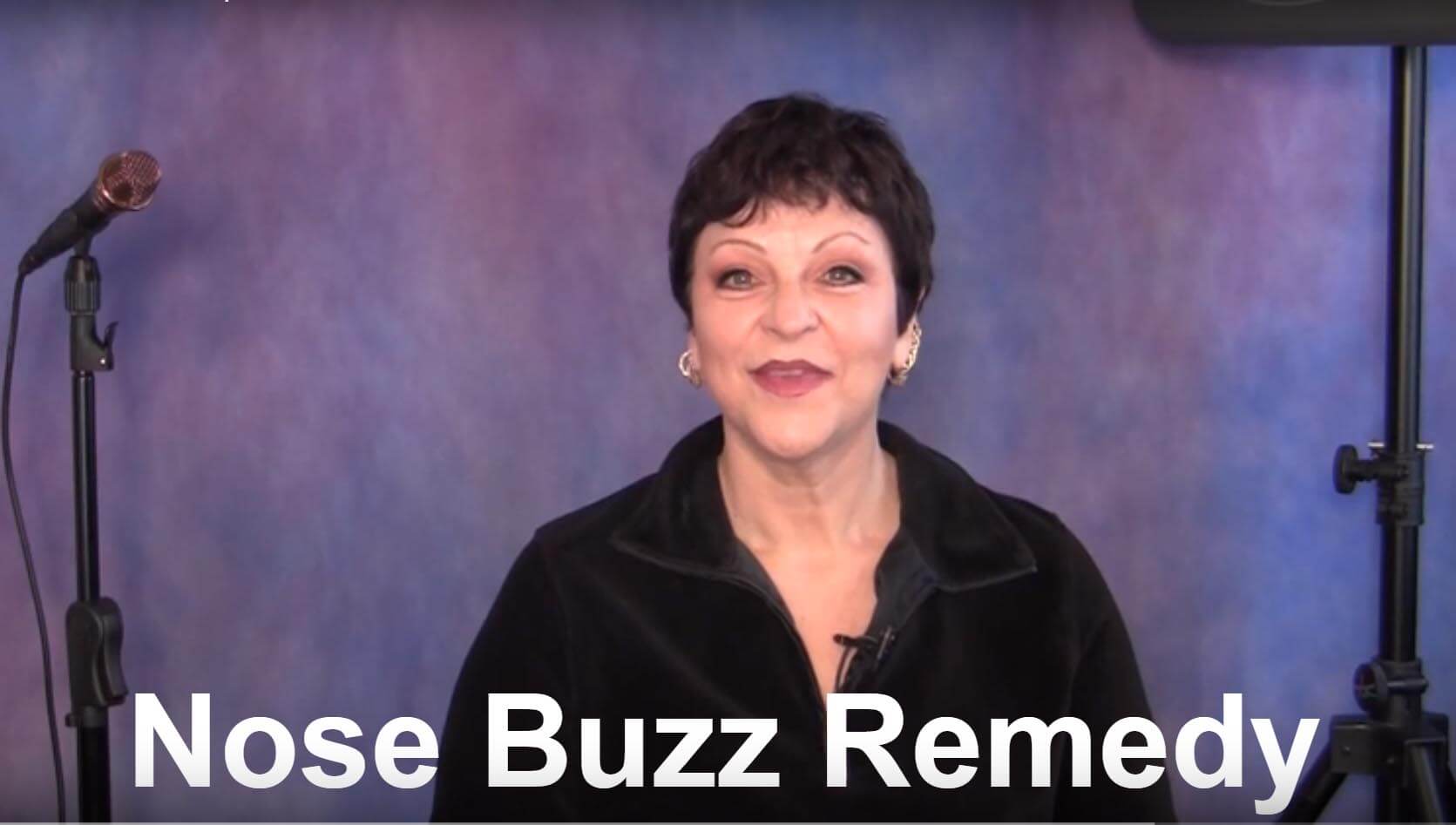By Jeannie Deva
In my nearly 40 years as a vocal coach and voice teacher, I have worked with thousands of singers. They are all individuals but have one thing in common. Nearly all of them have been confused about vocal technique and have been unsure of what to do or not do when singing. They are often uncertain whether the directions they have been given are correct. Too often they decide what is a right or wrong technique based on opinion or personal taste rather than on fact.
So when you are searching for a vocal method to study or are given instructions by a voice teacher, how do you know if it is correct? You can’t see your vocal folds or vocal muscles to see if they are straining or tense. Often you can feel the tension but still may not know what to do about it. So how do you know if what you are doing is right?
The short answer is that a right or correct technique aligns with how the body naturally produces sound. This means you need to have some understanding of vocal anatomy to be sure that you are working with and not against your body. Ignorance is not bliss and knowledge is power.
Purpose of Voice Technique
I see vocal technique as a means to acquire the skill to sing what you want in the way you want, without hurting yourself in the process. Voice technique is not an end in itself but a means to the end of freely expressive singing. It is for this reason that I researched how the voice naturally works and developed a method to achieve a healthy, expressive, spontaneous voice in any style of music.
As long as your vocal technique works harmoniously with how your body naturally produces sound, you will have vocal consistency, control, increased range, and yes, a wealth of different sounds such as rasp, belt, and wails. You would also be able to sing in full voice throughout your range. If your current vocal technique is not helping you achieve that, it is either incomplete or contains elements that are contrary to natural singing.
To save you from a complex study of anatomy while still providing you with adequate understanding to think for yourself, I have simplified my original research of vocal anatomy and incorporated it into my vocal technique. You can avail yourself of this information in my Contemporary Vocalist Volume One self-study course.




Leave A Comment